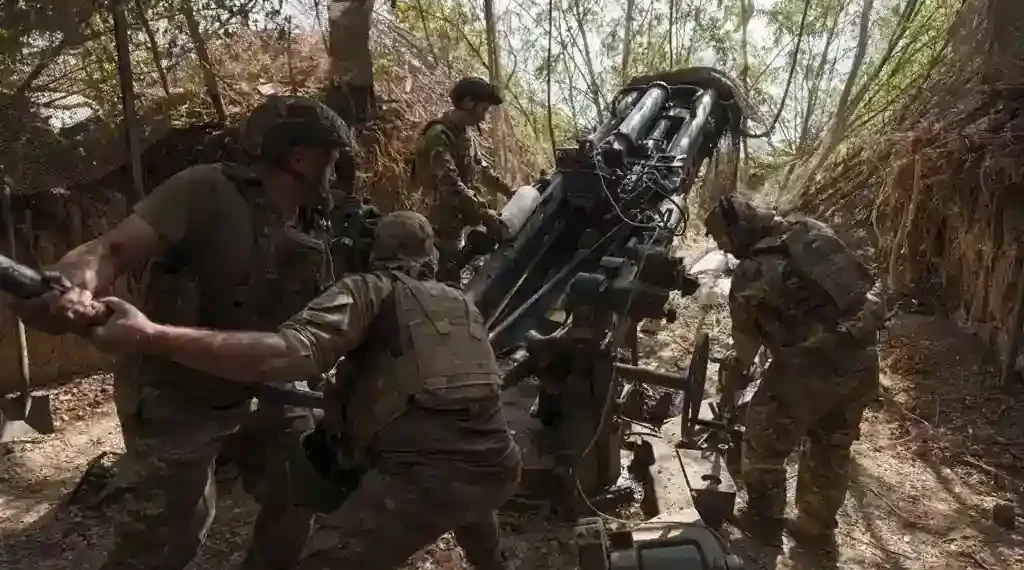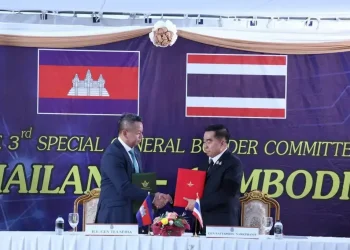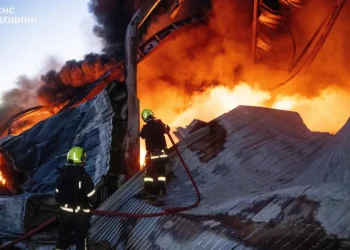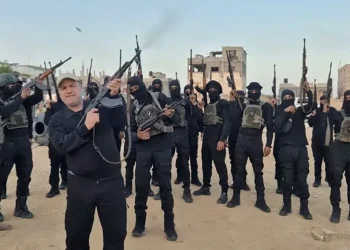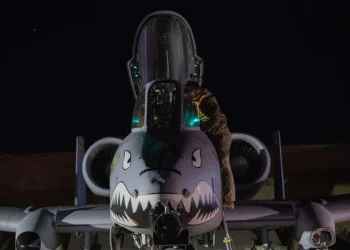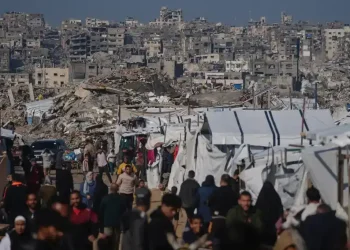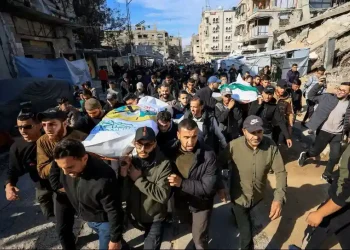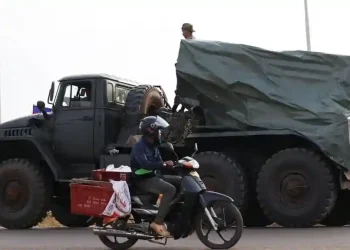Russian Troop Advances in Donetsk Heighten Tensions Before Putin-Trump Summit
Published Time: 08-16-2025, 16:30
As Russian forces make incremental advances in Ukraine’s Donetsk region, concerns rise over the implications for Ukrainian defenses ahead of the upcoming U.S.-Russia summit in Alaska. Analysts warn that Moscow could use limited battlefield gains to strengthen its negotiating position, while Ukraine braces to maintain control over remaining territories.
The recent incursions, although not yet decisive, highlight vulnerabilities in Ukraine’s frontline defenses and the strategic significance of Donetsk’s industrial heartland.
Localized Breaches in Donetsk Raise Alarm
Russian troops have made targeted infiltrations north of Pokrovsk, a key highway and rail junction in Donetsk, according to battlefield analysis from DeepState. A notable advance occurred east of Dobropillia, a coal-mining town, where Russian forces reportedly moved approximately 10 kilometers (6 miles) into Ukrainian-controlled territory.
President Volodymyr Zelenskyy highlighted the strategic timing, noting that the advances could influence perceptions ahead of the summit. “To create a certain information backdrop ahead of Putin’s meeting with Trump, especially in the American information space, suggesting that Russia is moving forward and Ukraine is losing ground,” he said.
Ukrainian officials confirm that Russian troops are infiltrating in small groups, seeking to consolidate positions while evading detection. “We are repelling these attempts, but the situation has not been fully stabilized,” said Dmytro Trehubov, spokesman for Ukraine’s “Dnipro” operational-strategic group.
Limited Success, But Strategic Risk
Analysts describe the breaches as limited tactical gains rather than decisive victories. Mykola Bieleskov, senior analyst at CBA Initiatives Center, warned that Moscow might attempt to translate battlefield advances into leverage at the negotiation table. “The key risk for Ukraine is that the Kremlin will try to turn certain local gains on the battlefield into strategic victories at the negotiating table,” he said.
President Zelenskyy has rejected Russian demands to cede the remaining 30% of Donetsk under Ukrainian control as part of a ceasefire proposal. Despite Russia’s annexation of Donetsk, Luhansk, Kherson, and Zaporizhzhia in 2022, Ukrainian forces maintain control over significant portions of the region.
Tactical Challenges: Exploiting Gaps in Ukrainian Defense
According to a Ukrainian drone pilot on condition of anonymity, Russian advances have been facilitated by gaps in infantry deployment and logistical challenges. “We pay with territory and lives to fix mistakes — and we can keep fixing mistakes only as long as we have even a scrap of land left,” the pilot said.
Ukraine has increasingly relied on first-person-view (FPV) drones armed with explosives to monitor and target infiltrating forces. These drones have extended the defensive reach up to 20 kilometers (12 miles) from the frontline. However, the small-unit tactics used by Russian forces limit the drones’ effectiveness.
“We can’t launch 100 FPVs at once,” the pilot added, emphasizing the operational limits of drone coordination in contested zones. Bieleskov noted that while both sides have similar technology and tactics, Russia’s numerical advantage gives it a significant edge. “They have no regard for human life. Very often, most of those they send are on a one-way mission,” he said.
Reinforcements and Strategic Focus
Ukraine has deployed additional troops, including battle-hardened units like the Azov Brigade, to bolster defenses in affected areas. Despite these reinforcements, DeepState mapping indicates that Russian forces maintain pressure in key sectors, particularly where Ukrainian supply routes are vulnerable.
Michael Kofman, a military analyst at the Carnegie Endowment, cautioned that it is premature to declare the front line collapsing. However, Bieleskov explained that Russia aims to expand breaches into corridors, avoiding heavily fortified urban centers and instead pushing through open terrain where Ukrainian defenses are thinner.
This approach could threaten strategic cities such as Kostiantynivka, once home to over 67,000 people. Commander Serhii Filimonov of the “Da Vinci Wolves” battalion warned that severed supply lines could allow Russian forces to capture the city without significant resistance, endangering nearby urban centers like Sloviansk, Kramatorsk, and Druzhkivka.
Humanitarian and Strategic Concerns
The conflict in Donetsk underscores the continuing human cost of the war, with civilians caught in contested zones and infrastructure heavily damaged. Filimonov criticized the international community’s willingness to negotiate with Russia amid ongoing atrocities, stating, “And then the civilized world comes to them and says, ‘Fine, let’s make a deal.’ That’s not how it should be done.”
Zelenskyy and Ukrainian officials continue to stress the importance of maintaining control over remaining territories to protect civilians and preserve strategic positions. Analysts suggest that the upcoming summit between Presidents Putin and Trump could become a critical forum for shaping international perceptions of battlefield dynamics, even as the conflict remains unresolved on the ground.
Outlook Ahead of the Summit
As the Alaska summit approaches, the situation in Donetsk remains fluid. Ukrainian forces must contend with ongoing infiltrations, logistical constraints, and the challenge of defending key industrial and population centers. Meanwhile, Russian strategy appears focused on incremental advances, leveraging manpower and tactical breaches to exert pressure in both military and diplomatic arenas.
The coming days will likely test Ukraine’s resilience and the broader international response, as battlefield developments intersect with high-stakes negotiations between global powers.
This article was rewritten by JournosNews.com based on verified reporting from trusted sources. The content has been independently reviewed, fact-checked, and edited for accuracy, neutrality, tone, and global readability in accordance with Google News and AdSense standards.
All opinions, quotes, or statements from contributors, experts, or sourced organizations do not necessarily reflect the views of JournosNews.com. JournosNews.com maintains full editorial independence from any external funders, sponsors, or organizations.
Stay informed with JournosNews.com — your trusted source for verified global reporting and in-depth analysis. Follow us on Google News, BlueSky, and X for real-time updates.
